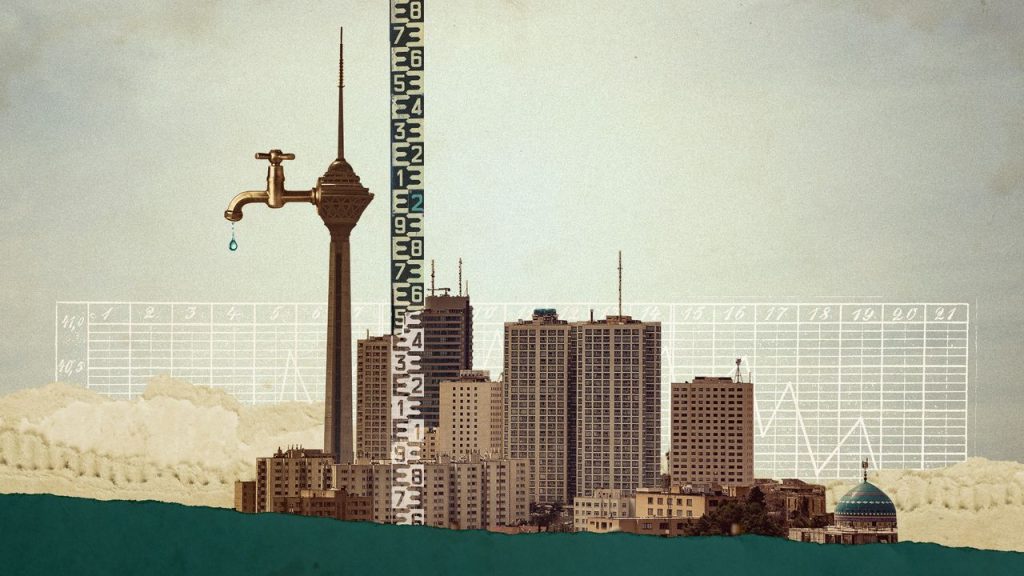Decades of mismanagement and environmental exploitation, and an unprecedented drought have left Iran teetering on the edge of a water crisis.
The reservoirs are nearly empty following record-low rainfall, and officials are “pleading with citizens to conserve water”, said the BBC. The 10 million inhabitants of Tehran are “facing the real possibility of their taps running dry”. Authorities warned this week that the five main dams supplying the capital were at “critical levels”.
With no rain on the horizon, the president has warned that citizens might have to start rationing water. “If rationing doesn’t work,” said Masoud Pezeshkian, “we may have to evacuate Tehran.”
A crisis ‘decades in the making’
The crisis has been “decades in the making”, said the BBC. Ayatollah Ali Khamenei, the country’s supreme leader, has “repeatedly acknowledged the looming threat”. “Yet little has changed.”
Water scarcity is “a major issue throughout Iran”, said Al Jazeera. Authorities blame shortages on “mismanagement and overexploitation of underground resources”, exacerbated by the climate crisis. The situation reached its current breaking point after the worst drought in decades. Tehran has had no significant rain since May, a situation one official said was “nearly without precedent for a century”. A heatwave also drove temperatures above 40C in the Iranian capital, and above 50C in some parts of the country, causing widespread power cuts.
Authorities warned citizens over the summer to “cut back on water and energy consumption”, said Agence France-Presse. But by October, 19 major dams – about 10% of Iran’s reservoir supply – had effectively run dry.
The crisis is also fuelling conspiracy theories: some Iranians are claiming on social media that neighboring countries are “stealing” their rain clouds, said Forbes. Authorities have made similar claims, accusing Turkey, the UAE and Saudi Arabia of “diverting clouds away from Iran to their own skies”. Iran’s Meteorological Organisation, and other entities, have had to clarify that “stealing clouds and snow” isn’t possible.
Cloud seeding, cloud stealing
The energy minister, Abbas Ali Abadi, has blamed water leakage caused by Tehran’s century-old water infrastructure, and has also cited the 12-day war with Israel in June as a factor. Strikes on northern Tehran are believed to have led to heavy flooding.
But over-extraction of groundwater in Tehran has left the city sinking, said researcher Sanam Mahoozi on The Conversation. Across the country, more than 90% of Iran’s water is extracted for agricultural use. “Many of Iran’s iconic lakes have turned into a bed of salt.”
Studies also point to “decades of mismanagement, including excessive dam construction, illegal well drilling and unsustainable agriculture”, said The New York Times. The Ministry of Energy recently announced the practice of “cloud seeding”, which involves “dispersing particles like silver iodide into existing clouds to encourage rainfall”. But clouds need to contain at least 50% moisture for it to work. “With no relief in sight, some officials have called on the population to pray for rain.”
President warns that unless rationing eases water crisis, citizens may have to evacuate the capital
